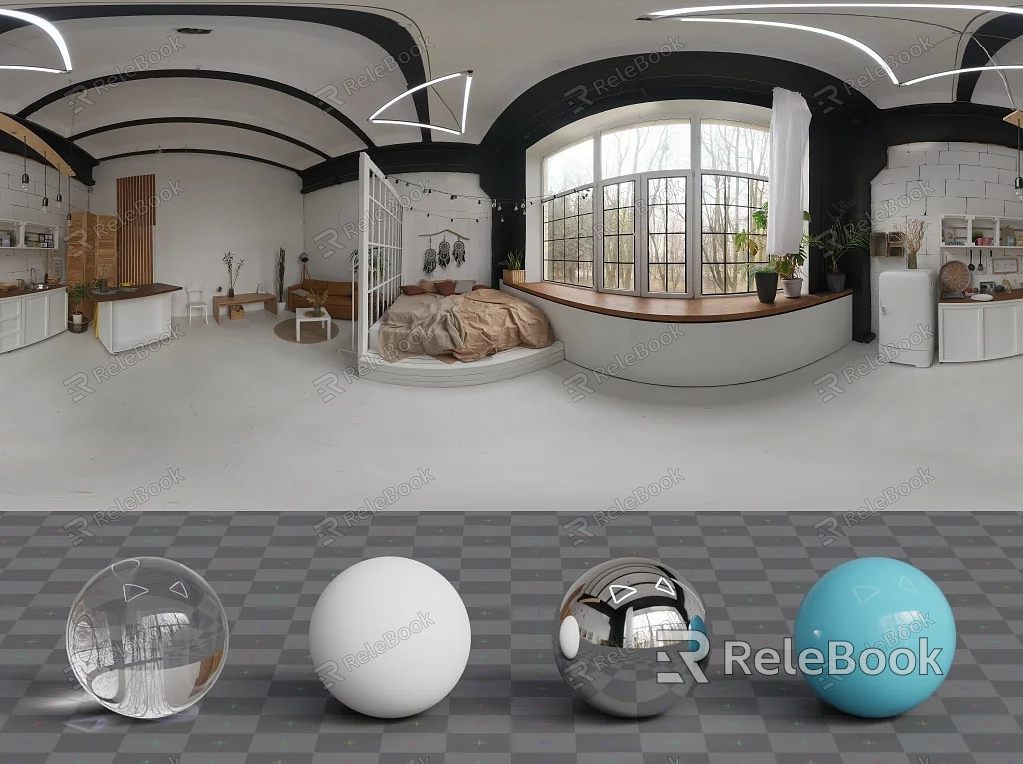how to use chaos cosmos hdri?
How to use chaos cosmos hdri? Chaos Cosmos HDRI is a powerful tool that can greatly enhance the visual quality and realism of your projects. In this article, we will explore the steps to effectively use Chaos Cosmos HDRI in your workflow. Whether you are a 3D artist, a game developer, or a visual effects enthusiast, this guide will help you make the most out of this incredible resource.
Step 1: Downloading Chaos Cosmos HDRI
To begin, visit the Chaos Cosmos website and navigate to the HDRI section. Browse through the available options and select the HDRI that best suits your project’s requirements. Once you have made your choice, click on the download button and save the file to your computer.If you need it, I recommend downloading HDRI from Relebook. There is no better choice than this.

Step 2: Importing HDRI into your Software
Open your preferred 3D software, such as Blender, Maya, or 3ds Max. Locate the environment or lighting settings within your software and find the option to import an HDRI. Select the downloaded Chaos Cosmos HDRI file and import it into your scene.
Step 3: Adjusting HDRI Settings
After importing the HDRI, you may need to make some adjustments to achieve the desired look. Experiment with the rotation, scale, and position of the HDRI to align it perfectly with your scene. Additionally, explore the exposure, intensity, and color temperature settings to fine-tune the lighting and mood of your project.
Step 4: Enhancing Reflections and Refractions
One of the key benefits of using Chaos Cosmos HDRI is its ability to enhance reflections and refractions in your scene. Enable ray tracing or global illumination in your software to fully utilize the HDRI’s impact on these elements. Adjust the reflection and refraction settings to achieve the desired level of realism and visual appeal.
Step 5: Rendering and Final Touches
Once you have set up the Chaos Cosmos HDRI and fine-tuned the settings, it’s time to render your scene. Configure the render settings according to your project requirements, such as resolution, quality, and output format. After the rendering process is complete, you can further enhance the final result by applying post-processing effects like color grading or adding additional elements to the scene.

